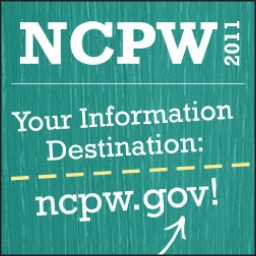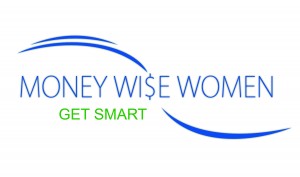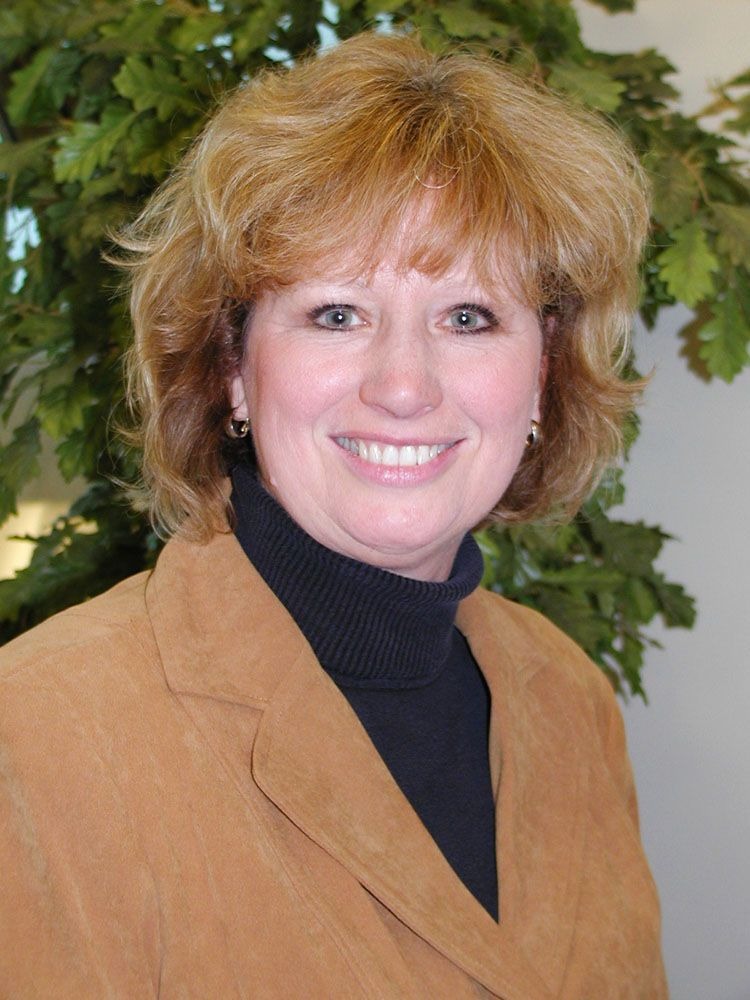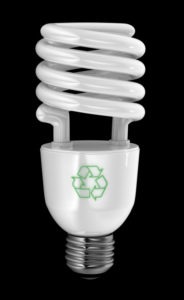From the DSEF: Today we’re thrilled to bring you a guest post from Janet Garkey of the Credit Union National Association (CUNA), a DSEF strategic partner. In partnership with state credit union leagues, CUNA provides many services to credit unions, including representation, information, public relations, continuing professional education, and business development. Ms. Garkey has more than 20 years of personal finance experience in the private, public, and nonprofit sectors.

Janet Garkey
‘Fiercely loyal’ to a financial institution?
by Janet Garkey
Even a simple dog walk can turn educational. And the day job comes in handy at these times.
One of my neighbors—in the wake of so much media attention about big banks charging new or higher debit card fees—approached me during a recent walk and asked, “What’s the difference between a bank and a credit union?”
My dog is smart. She sat down. I turned to my neighbor and began to explain.
Philosophy: Credit unions are not-for-profit financial cooperatives that exist to serve their members, not to make a profit. The original concept was simple: Credit union members pool their savings and lend to each other. Earnings are returned to members in the form of better rates, fewer and lower fees, and improved services. Banks exist to earn a profit for stockholders.
Ownership: Each credit union member has equal ownership and one vote, regardless of how much money the member has on deposit. That means each customer is both a member and an owner. Banks are owned by stockholders.
Control and management: Credit unions are managed by unpaid directors, who serve voluntarily and are elected by members. Banks have paid directors, legally bound to make decisions in the best interests of their stockholders.
Membership eligibility: People qualify for credit union membership through a common bond. Most U.S. citizens qualify. For example, membership is open to those who work, live, worship, or attend school in a defined community. There are credit unions for military personnel and teachers, and credit unions open to everyone in a particular county. Currently, nearly 94 million members own more than 7,400 U.S. credit unions.
Social purpose: People helping people. Every member counts, and the goal of a credit union is to serve all members well, including those of modest means. Members are fiercely loyal because they know their credit union will be there for them in bad times, as well as good.
Financial education for members: From the very beginning, credit unions wanted to keep members economically independent by helping them learn to save and borrow wisely. Credit unions hold educational seminars on car- and home-buying, basic budgeting, fraud prevention, and more. And they offer a wide variety of print and online tools to help members become better-educated consumers of financial services.
Just as I paused, my dog stood up, anxious to move on down the street. But I had one more message for my neighbor. Credit union founders had a motto that described why credit unions were formed in the first place: “Not for profit, not for charity, but for service.” And in this day and age, great service translates to loyalty. Just ask my dog.
To find a credit union near you, visit aSmarterChoice.org.
Janet Garkey has more than 20 years of personal finance experience in the private, public, and nonprofit sectors. She joined Credit Union National Association in 2003 and develops personal finance products for credit unions. She has held positions at Iowa State University Extension, American Express Company, and the U.S. Office of Consumer Affairs. She currently serves on AFCPE’s Board of Directors. She twice served on the Board of Directors, served as President 2002-2003, and chaired several committees for the American Council on Consumer Interests. She has a B.S. in Consumer Affairs from the University of Wisconsin-Madison, M.S. in Consumer Economics/Public Policy from the University of Maryland, and completed the Accredited Financial Counseling certification from AFCPE in January 2009.
![]()
















![MP900177739[1]](https://dsef.org/wp-content/uploads/2011/09/MP9001777391-300x200.jpg)


 We know how it is. You’re busy. You meant to make that bank deposit yesterday, but there just wasn’t time. Now you’re staring at $56 in small bills and have no idea who gave it to you. You’d deposit the cash anyway, but your bank, which is on the other side of town, is closed on Saturdays.
We know how it is. You’re busy. You meant to make that bank deposit yesterday, but there just wasn’t time. Now you’re staring at $56 in small bills and have no idea who gave it to you. You’d deposit the cash anyway, but your bank, which is on the other side of town, is closed on Saturdays.